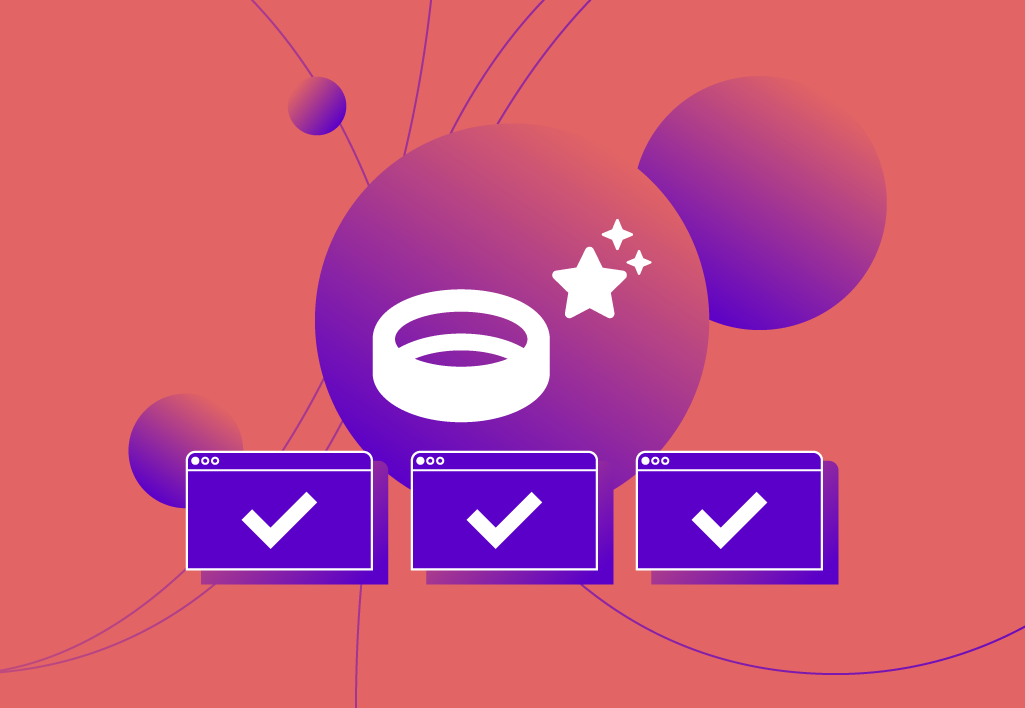
How to run successful PPC ads in the jewellery industry… in 7 steps

At Embryo, we take our success within PPC very seriously and it forms an important part of our multi-channel digital marketing strategy.
In this blog, I’ll be talking about how to run a successful PPC campaign specifically within the jewellery industry. To learn more about that strategy feel free to get in touch with our team after you’ve read this blog by phone at 0161 327 2635 or email info@embryo.com.
7 Things to Keep in Mind with PPC Ads in the Jewellery Industry
1. Defining Your Goals
One of the most important parts of a successful PPC campaign starts with defining your goals & KPIs. Once they’re clearly defined, You can then get to work on the next steps in order to achieve those goals. See below examples of common goals & KPIs within the jewellery industry.
2. Brand Awareness
PPC campaigns are becoming an increasingly effective way of growing your brand awareness. From campaign types such as display, video, Performance Max & now demand gen. There are multiple ways in which you can target top-of-funnel users who are not yet aware of your brand. Without brand awareness campaigns, you are highly likely to bottleneck the bottom of the funnel, leading to increased CPCs and inflated cost per acquisition. This is due to the ever-depleting bottom-of-funnel traffic which both you and your competitors are competing for.
Of course, the jewellery industry is a highly competitive market. Therefore it’s very important to have top-of-funnel strategies in place all year round. This will not only help take market share, but it will also ensure that you don’t stagnate as a brand.
3. Driving Sales & Maximising Profitability
Here at Embryo, our PPC team specialises in E-commerce campaigns, we’ve also been recognised both nationally and internationally for outstanding results achieved for E-commerce brands.
When your goals & KPIs are focused on sales, revenue & profit. You must have an account structure which mirrors those goals.
If you’re reading this and you’re a jewellery brand owner, or indeed in the industry. You’ll know how average order value (AOV) and profit margin differ considerably across various brands and product types. Therefore, our PPC consultants have discovered a way in which we can ensure that the lion’s share of your budget is being spent on products which provide consistent profit & performance. Making the ability to scale your business much more effective.
The words “Performance Max” are still something which marketers and marketing managers are intimidated by, purely because they’re a long way away from the days of manual shopping & maximum visibility. That’s why we have worked tirelessly to uncover exactly how PMAX spends its budget, From network distribution to product distribution.
Below is a list of facts about Performance Max and how these campaigns can carelessly distribute budgets regardless of performance.
- 66% of spend within PMAX campaigns is spent on underperforming products.
- 71% of all products within your feed underperform.
- Only 33% of revenue is generated from your best-performing products.
Off the back of this information. Our team have worked with bespoke scripts which enable us to add custom labels to selections of products that perform above, at or below your target ROAS.
The product “buckets” are as follows;
- Over Index – Top performing products that consistently perform above target ROAS with high click volumes
- Index – Products which operate on the line of your target ROAS
- Near index – Products which have lower click volumes and variable TROAS performance. This index is often where “hidden gem” products lay, as these have been starved of visibility in generic PMAX builds and often uncover future top performers.
- Under Index & No Index – This index houses products which have historically taken the vast majority of spend, despite performing below target ROAS consistently. “Ghost” products are also housed in this index, ghost products are products which have never achieved a single click/impression due to Google favouring products which spend but do not necessarily perform.
4. Analysing Your Competition
For me, this is arguably the most important factor in a successful marketing campaign. Doing GAP analysis and competitor research gives you a head start when it comes to marketing campaigns. Not only can you identify key gaps in the market, but you can pre-position yourself into the most lucrative areas in the market without going through an expensive “trial & error” phase.
Luckily for us at Embryo, we have direct access to James Welch, Embryo’s Chief Innovation Officer. With access to James comes access to what I know are some of the industry’s most groundbreaking tools. See below;
NEEDLE – Needle is a suite of SEO data and insights that allow businesses to see which companies are dominating online. Within seconds, Needle can render a 3D model of your chosen industry, letting you analyse metrics like keyword reach, links, and authority. Updated daily, you can monitor trends to grow and succeed.
INTERMINGLE – Intermingle allows us to analyse thousands of individual keywords as they appear on the search engine results page. It is a results-focused tool that uses up-to-the-minute data to dictate digital strategies. In short, it tells us what we need to do, for you, to win online for any keyword.
HOGGLE – Hoggle allows us to identify web pages where performance has declined over some time. Using this data, we can create constructive strategies that focus on link-building and adding additional content to underperforming pages to improve their rankings, traffic and profitability.
5. Creating Compelling ads
Over the past 12/24 months. PPC ads have changed a considerable amount. From basic headlines & descriptions to responsive search ads, in-stream video ads, multimedia ads, Demand gen carousels & more.
I’d go as far as saying that if you aren’t adopting these creative ad types, you’re at an extreme disadvantage in the current market. Current PMAX networks operate on YouTube, Display, Discovery, Gmail, Shopping & Search. Therefore if you don’t have image creatives in a variety of sizes and formats, then you’ll be missing out on performance & visibility from hundreds of thousands of relevant placements across Google’s inventory.
Below is a brief overview of what I think your jewellery brand needs from an ad perspective.
- Imagery – High-quality lifestyle imagery using a variety of diverse models
- Branding – Although obvious, you’d be surprised at how many current PMAX campaign assets I analyse which don’t include branding. These are key for brand awareness.
- Gripping USP’s – In such a competitive market. It’s key that you shout about your unique selling points at every given opportunity. If a user only ever sees 1 of your ads. What would you want them to know first? Think about it!
- Call to action – Studies have shown that ads with CTA’s can increase conversion rate by over 75% in some cases. A simple shop now CTA can commonly be the guidance users need to get that all-important PPC click.
6. Setting Up Audience Targeting
Audience targeting within PPC is also an area which I feel has improved tenfold over the last two to three years.
Below is your very own cheat sheet which will allow you to set up highly relevant audiences for your campaigns.
- Set up your customer acquisition segment – This was introduced in 2023 and allows you to add audience segments of 1,000 users or more. Adding these will help your account identify new & relevant users based on your match lists.
- Your data – People who have previously interacted with your business, can be manually added at asset group level. Therefore it’s key to add audiences which are relevant to the products you’ve segmented. I.E product viewers of specific categories/product types.
- Interests & detailed demographics – Extremely effective in the jewellery industry. Life events could include “Interested in marriage” or basic interests around “Jewellery”.
- Demographics – This segment includes age and gender. For example, you may run asset groups or campaigns entirely segmented for male or female jewellery. For me, these segments are best used for split testing. Using PMAX’s data insights you’ll be able to see clear reporting on which age groups and genders convert best. Getting rid of poor-performing segments will greatly improve revenue and conversion rates.
7. Tracking Your Campaigns Success
The days of simple last-click attribution are long gone. It’s incredibly important that you have robust tracking in place. With PMAX operating on all of Google’s inventory, it’s very easy for data to be lost along the way.
Fortunately, Sam Thomas is Embryo’s web analytics tracking & GA4 expert.
Having visibility & event tracking on a user’s entire journey on your website allows us to track a variety of touch points. These touchpoints can be used to create detailed remarketing campaigns. An area we often find success in is cart abandoners, highly engaged users & of course checkout completions.
Not only is it important for your automated bid strategies to be data-rich with accurate conversion value, but it’s also vital to actively approach users who visited your website but didn’t convert the first time around.
Make Your Jewellery Ads Shine
If you’ve made it this far, and you’re somebody who has never quite been able to achieve success via PPC in the jewellery industry. Then please don’t hesitate to get in touch with our team by phone at 0161 327 2635 or email info@embryo.com.



